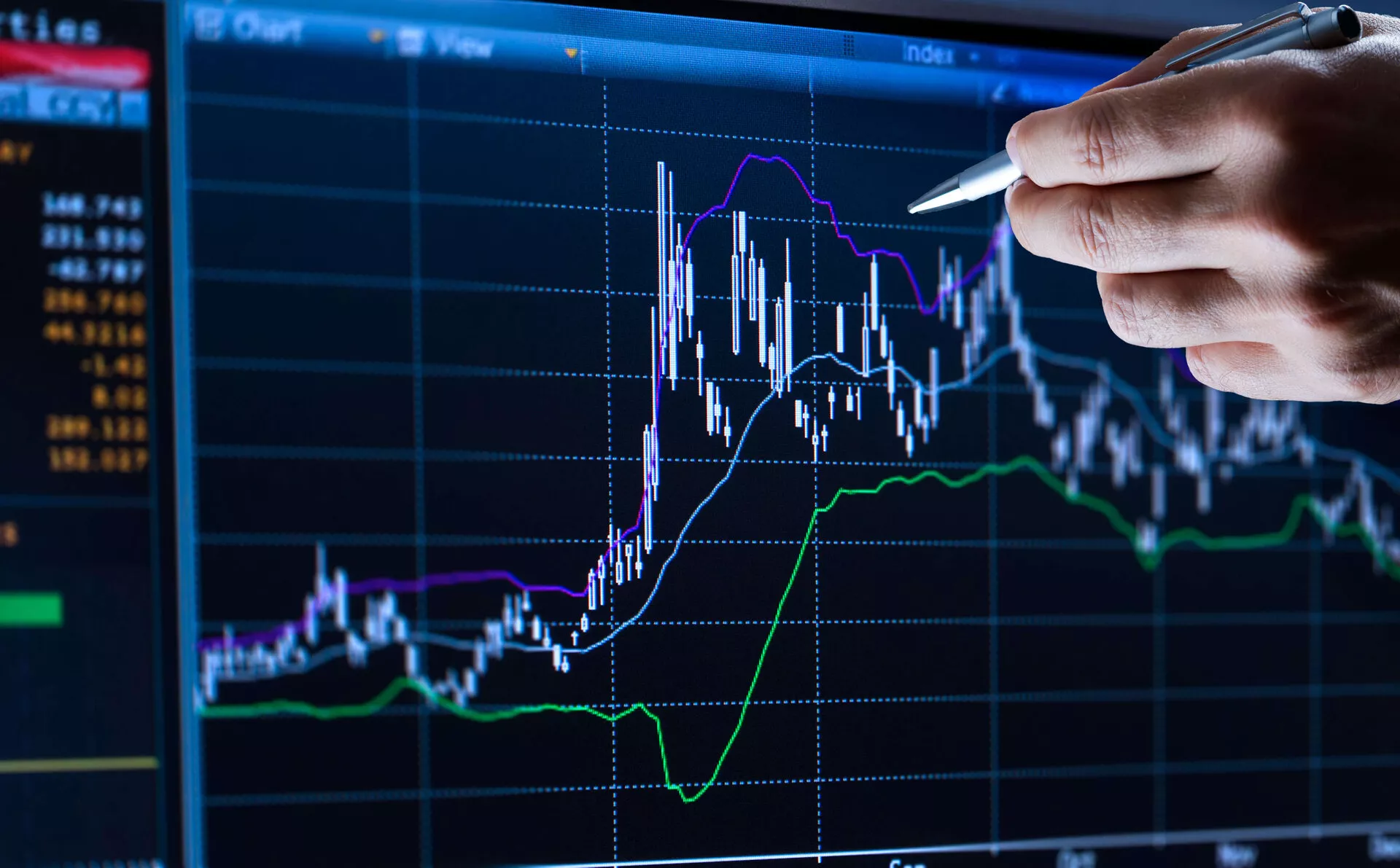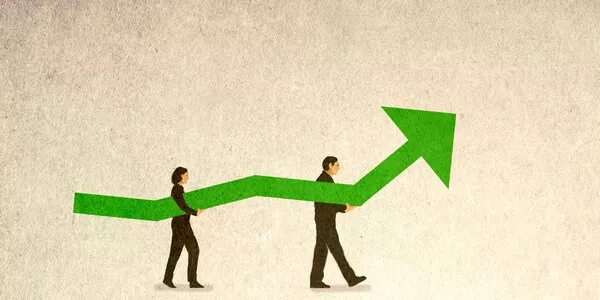
Weekly Update - United States: what the yield curve tells about the economic outlook
Short rates rising more than long yields.
For several months, indicators in the United States have been flagging a strong economic recovery and longer than expected inflationary pressures. Markets have responded by revising expectations of how fast the Fed will normalise monetary policy. They now expect a cycle of policy rate hikes starting in March and totalling 7 quarter-point hikes by the end of the year. In line with these revised expectations, short-term interest rates have risen, with two-year rates now over 1.5% after a fresh spurt early in the year. Long-term yields have also risen, but less sharply, taking the 10-year yield to 2% (see chart 1). This has substantially tightened the long-short spread, exacerbating a trend already seen since mid-2021 and raising fears among some commentators that the US could be heading for recession.
Yield curve could be a leading indicator of recession.
If the recent trend continues, we could even see the curve invert: i.e. short-term bills will start to pay higher returns than long-term bonds. Any such movement would be read as indicating investors distrust the outlook and a possible early sign of a looming economic recession. The last three US recessions were all preceded by an inversion of the yield curve (see chart 2), supporting this thesis. In current circumstances, the actual motivation for curve inversion would be fears the Fed may have to over-hike its interest rates to calm persistent inflation, even at the risk of tipping the economy into recession.
But this is to overlook some factors that continue to hold down long-term interest rates.
US long yields are feeling downward pressure from ongoing demand for United States debt, still seen as a risk-free benchmark asset. Several factors are driving this demand. The first is structural. Financial entities (banks, pension funds, etc.) need ever more risk-free assets, partly to comply with tighter regulatory demands. A second factor is the still massive asset purchase programmes run by central banks. The Fed is set to end its purchases soon and could even start running down its balance sheet in coming months. However, other central banks are in a different phase and could continue their purchases, sustaining high demand for US bonds. A third and final factor, which seems to have been in play since the turn of the year, is growing uncertainty on financial markets stoked by recent geopolitical tensions, spurring a quest for risk-free assets. This factor may fade somewhat over coming weeks.
Conclusion
The US yield curve has been flattening for months, with the process accelerating since the start of the year. Although upside surprises on inflation raise questions about the economic outlook, it seems premature to worry about a US recession. Some of the factors affecting the long-end of the curve should fade, leaving us with a scenario closer to the current economists’ consensus of close to 4% growth in 2022.




